
| Recorded by: Jim Petranka, Mark Basinger and Becky Elkin on 2025-06-29
Richmond Co.
Comment: | 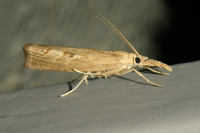
| Recorded by: Owen McConnell on 2024-06-28
Graham Co.
Comment: |
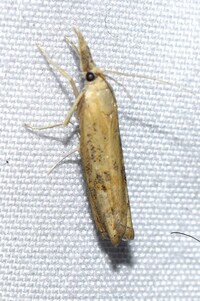
| Recorded by: Jeff Niznik on 2024-06-26
Orange Co.
Comment: | 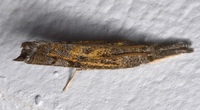
| Recorded by: Stephen Dunn on 2024-06-19
Orange Co.
Comment: |

| Recorded by: Stephen Dunn on 2024-06-19
Orange Co.
Comment: | 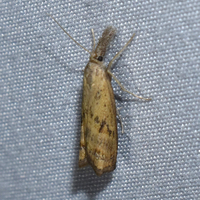
| Recorded by: David George, Stephen Dunn, Jeff Niznik on 2023-07-31
Macon Co.
Comment: |
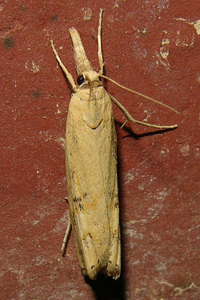
| Recorded by: Owen McConnell on 2023-07-17
Durham Co.
Comment: | 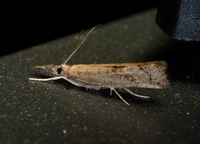
| Recorded by: Stephen Dunn on 2023-06-18
Orange Co.
Comment: |

| Recorded by: Steve Hall on 2022-08-02
Durham Co.
Comment: | 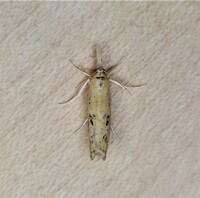
| Recorded by: Gary Maness on 2022-07-14
Guilford Co.
Comment: |

| Recorded by: Steve Hall on 2022-06-30
Durham Co.
Comment: | 
| Recorded by: Gary Maness on 2022-06-30
Guilford Co.
Comment: |

| Recorded by: Gary Maness on 2022-06-14
Guilford Co.
Comment: | 
| Recorded by: Gary Maness on 2022-06-14
Guilford Co.
Comment: |

| Recorded by: Dean Furbish on 2021-06-18
Wake Co.
Comment: | 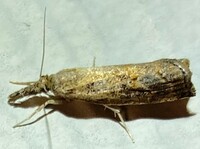
| Recorded by: Dean Furbish on 2021-06-18
Wake Co.
Comment: |
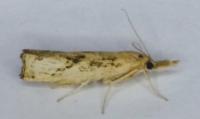
| Recorded by: Gary Maness on 2020-07-01
Guilford Co.
Comment: | 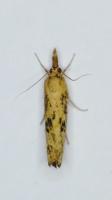
| Recorded by: Gary Maness on 2020-07-01
Guilford Co.
Comment: |

| Recorded by: Gary Maness on 2020-06-29
Guilford Co.
Comment: | 
| Recorded by: Gary Maness on 2020-06-29
Guilford Co.
Comment: |
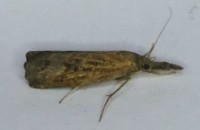
| Recorded by: Gary Maness on 2020-06-06
Guilford Co.
Comment: | 
| Recorded by: Gary Maness on 2020-06-06
Guilford Co.
Comment: |
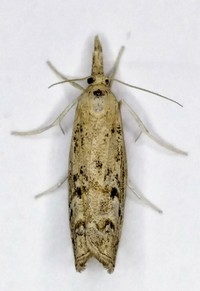
| Recorded by: Gary Maness on 2019-06-19
Guilford Co.
Comment: | 
| Recorded by: Gary Maness on 2019-06-19
Guilford Co.
Comment: |

| Recorded by: Jim Petranka and Becky Elkin on 2018-07-12
Madison Co.
Comment: | 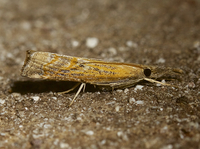
| Recorded by: Jim Petranka and Becky Elkin on 2018-07-01
Madison Co.
Comment: |
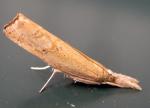
| Recorded by: T. DeSantis on 2010-07-13
Camden Co.
Comment: |

 »
»



 »
»

